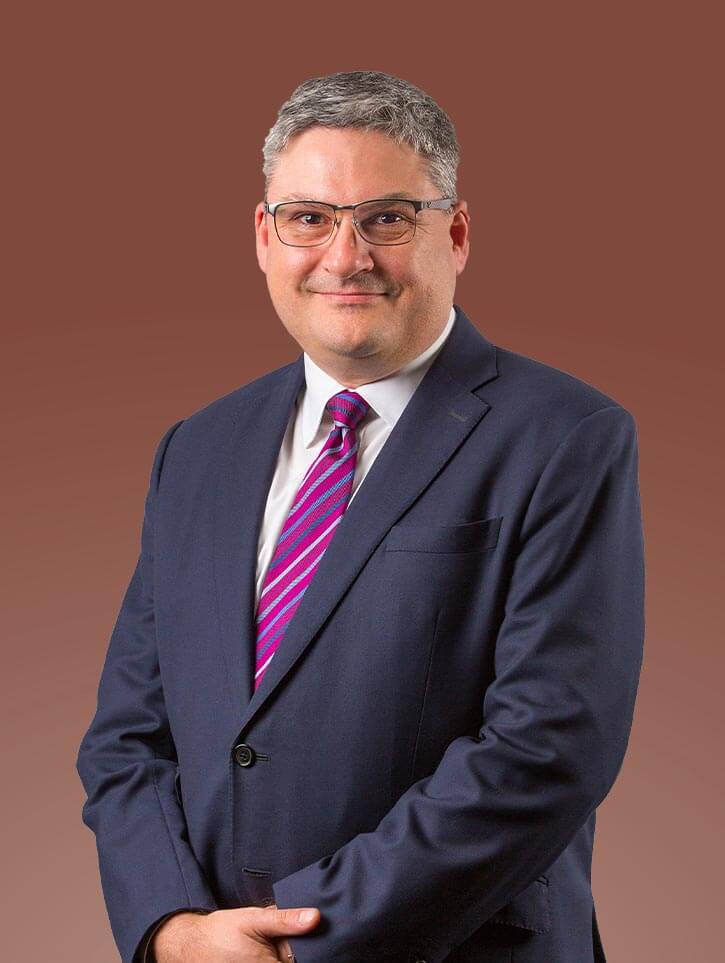
Over the 2023 financial year the $256.2 billion Future Fund further reduced its allocation to private equity (including venture capital) by 0.7% (from 17.2% to 16.5%).
The sovereign wealth fund also reduced its allocation to alternative strategies – mainly hedge funds – by 0.8% (from 17.8% to 17.0%). Alternative strategies, however, remained the second largest allocation behind listed equities.
Total allocation to listed equities increased by 1.9% (from 28.5% to 30.4%).
In April, the fund revealed that it had switched its listed equities investment focus from index to active fund managers after five years of seeking alpha primarily through its private equity and alternative strategies.
In the latest portfolio update, on 30 August, chief executive Dr Raphael Arndt said: “Favourable investment conditions that drove markets in recent decades have been undergoing profound changes.
“Markets have been underpricing the significant economic and geopolitical risk that we have anticipated.
“The Future Fund portfolio is positioned moderately below neutral risk settings at a time when the economic outlook and the direction of inflation and interest rates make investment returns less certain.
“We have made significant changes to the portfolio over the past two years and this means that our holdings and returns will look increasingly different from those of other asset owners.
“Although risk assets are under-pricing some of the threats we see, higher interest rates are making it easier to generate meaningful returns from a diversified range of assets such as that owned by the Future Fund.”
Chair of the fund’s board of guardians Peter Costello AC said the fund had delivered a positive return of 6.0% in the 2023 financial year after a “difficult” preceding year. This reflected the portfolio’s wider diversification across international markets and private assets.
“As interest rate hikes took effect, the global and Australian economies slowed, and new challenges emerged for long-term drivers of growth,” he said.
“Inflation persisted through the financial year and while there are signs it may have passed the peak, it remains elevated and well above the 2-3% range targeted by the Reserve Bank.
“Data shows wage and price pressures that contribute to inflation remain strong, leaving open the possibility that inflation will continue and the path to lower interest rates remains a way off.
“We are yet to see the full impact of higher rates work their way through developed economies and continue to see the risk of recessions in developed economies as central banks remain vigilant in bringing inflation down.
“Share markets were surprisingly strong through the second half of the financial year as they appeared to be pricing in a ‘Goldilocks’ scenario. Whilst this would be a welcome outlook, we see risks on the downside.
“The board is focused on maintaining a portfolio that is resilient to a range of scenarios while delivering attractive risk-adjusted returns. With persistent higher inflation, we expect real returns to investors will remain below those of the past decade.”
Image: Future Fund chief executive Dr Raphael Arndt.

